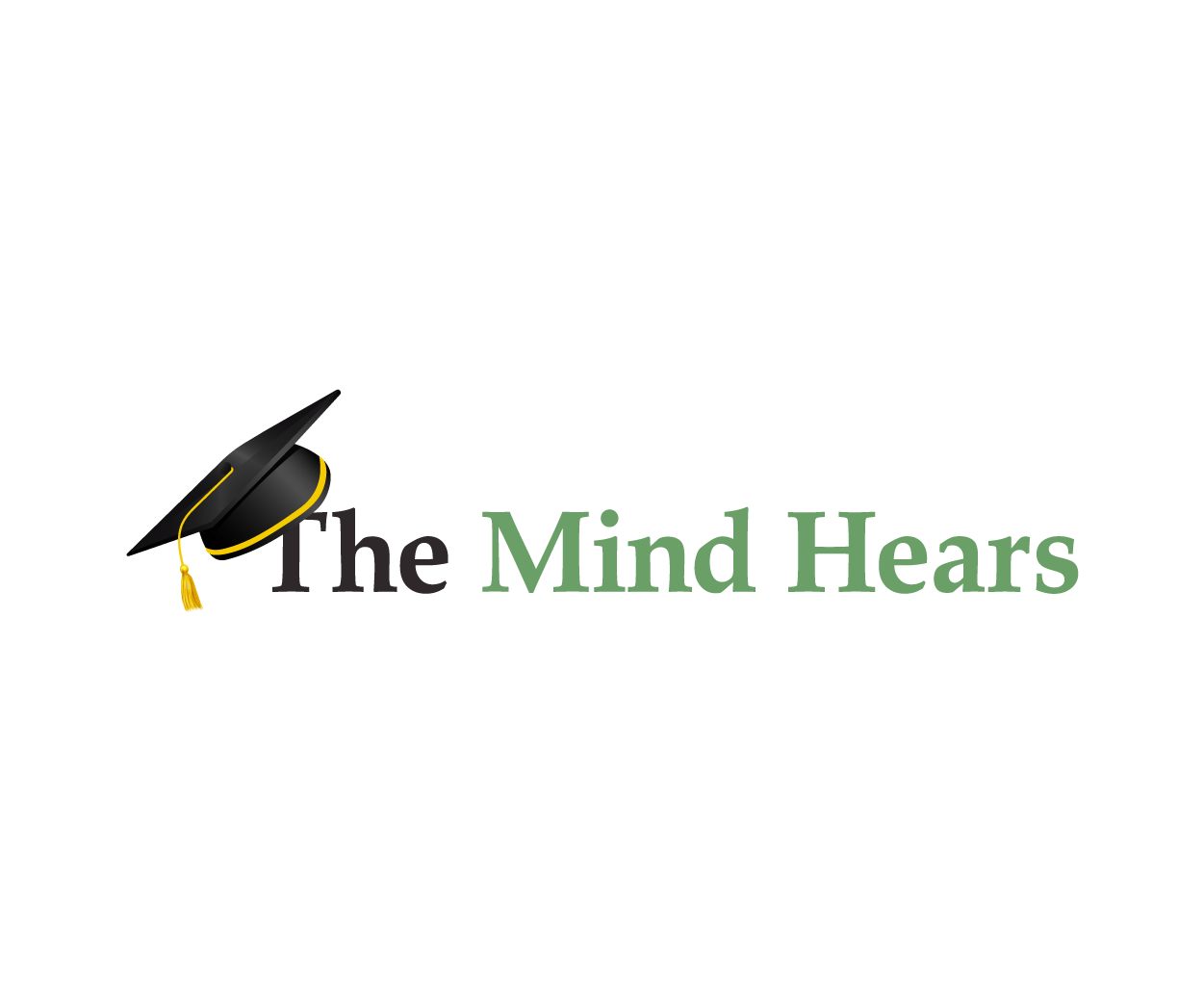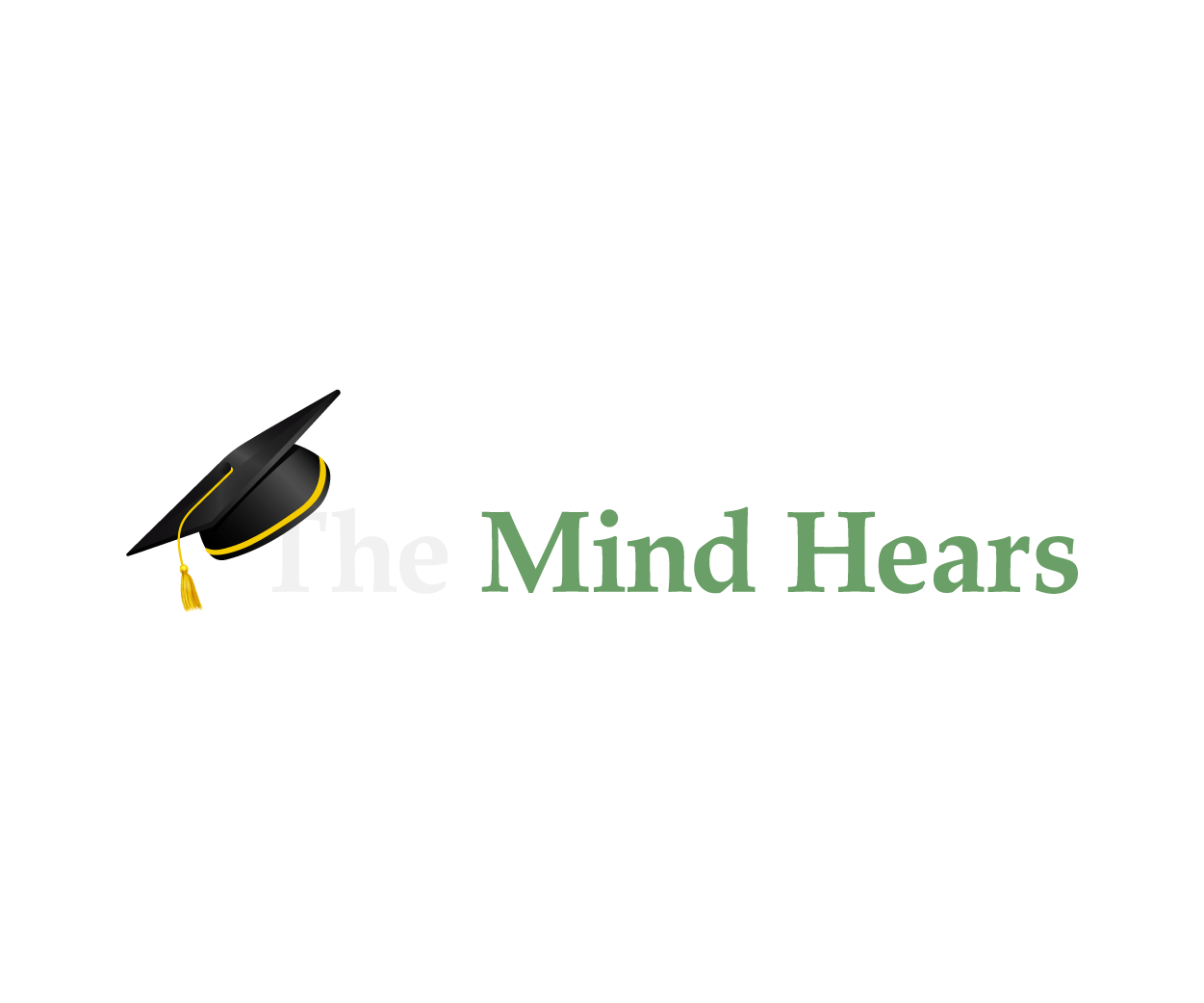disability advocacy
careers
Under-represented: Where are all the deaf and hard-of-hearing academics?
-Michele Through working on The Mind Hears since Sept 2018, I’ve had the chance to meet some amazing deaf and hard-of-hearing scholars and researchers.Our...
July 16, 2019
careersdeaf/HoH experiencesfor hearing allies
Deaf Gain -> diverse and stronger research
my deafness shapes my approach to science in ways that benefit my research
December 4, 2018










